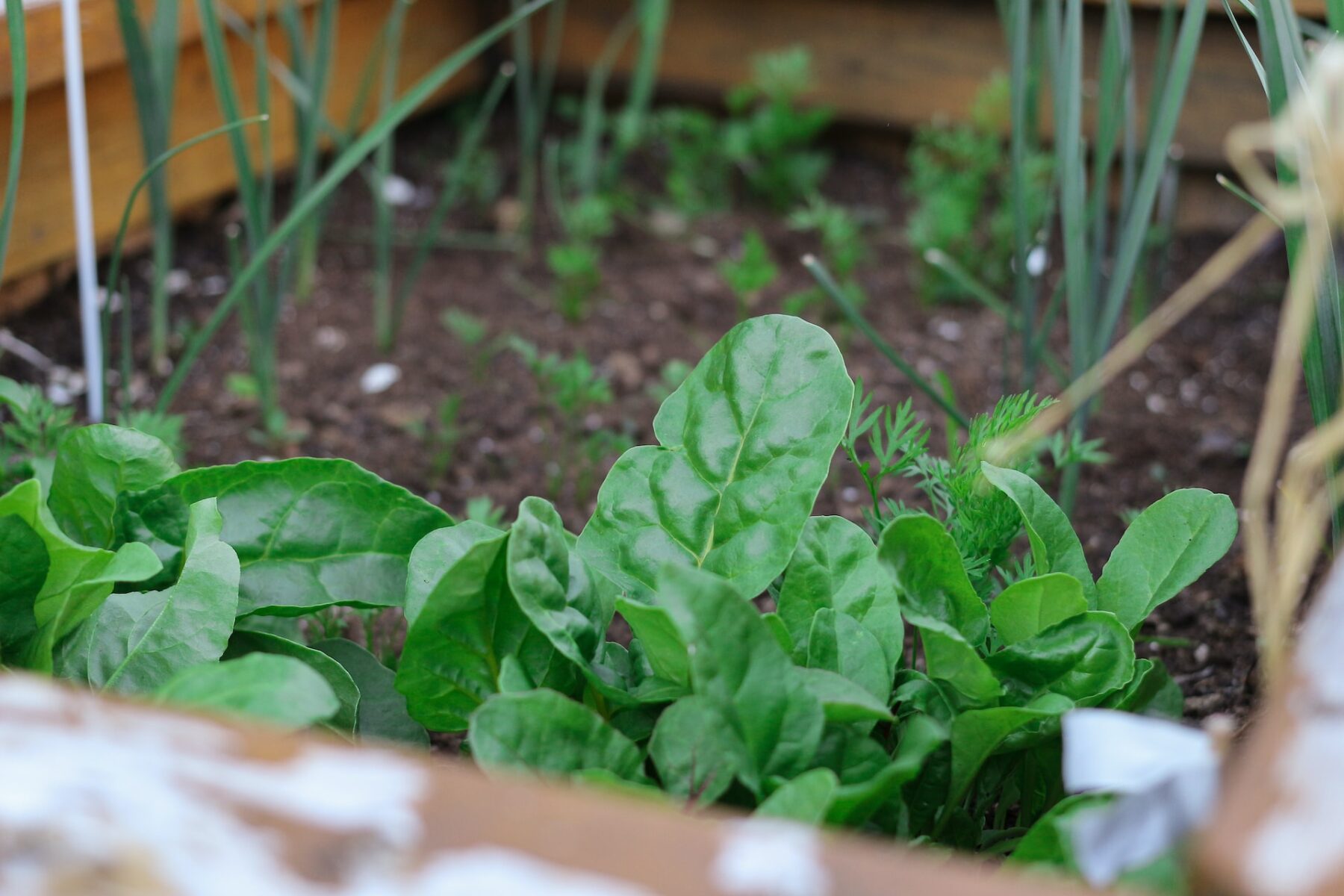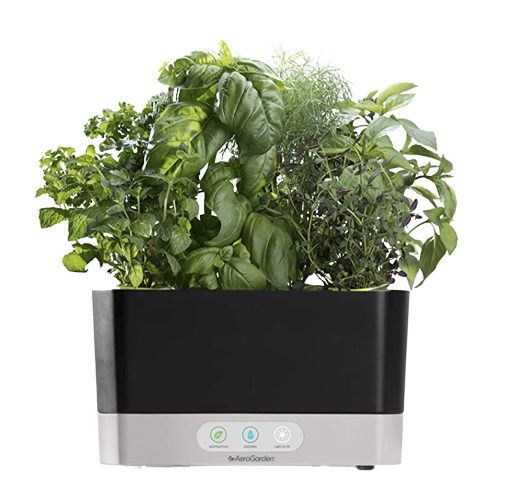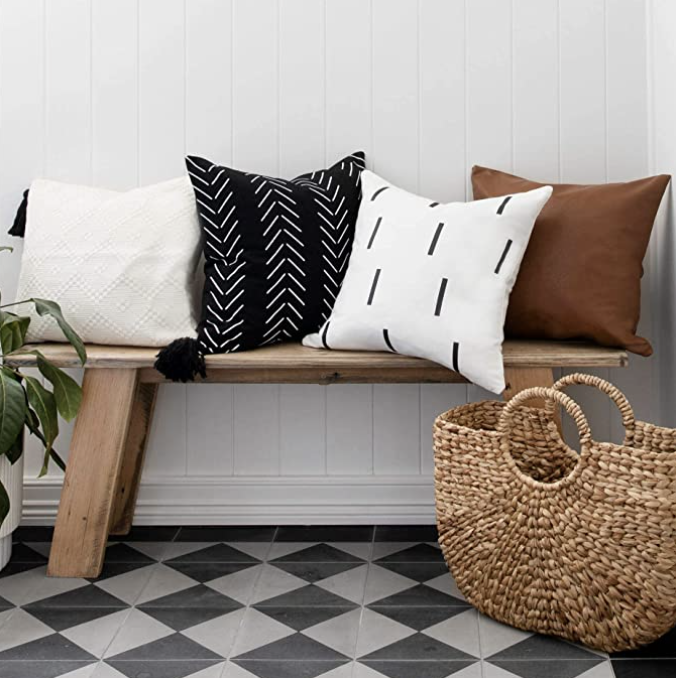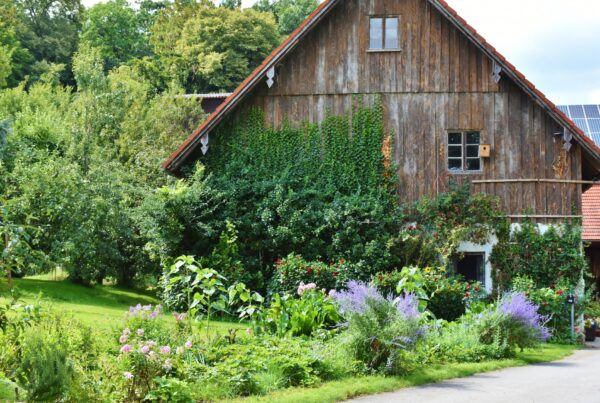Last Updated on February 18, 2023
For many gardeners, the experience of working the soil and tending to plants is equally rewarding as the vegetables on their dinner tables, and flowers enhance their backyard. Whatever your motivation is to start your garden, it’s important to understand the basics of plant care.
To get the most out of your growing adventure, we’ve put together seven simple steps you can follow to create an amazing garden this year.
Step One: Deciding on Your Garden Type
When you hear the word garden, vegetables come to mind first. This makes sense when you consider that 55% of U.S. households have a place where they grow their favorite plants! But there’s more to gardening than raising potatoes, carrots, and green beans.
The options for your new garden are endless, from herbs and veggies to flowers and trees. This is why you should research the type of plants you want to grow and what you want to accomplish by raising them. For example, if you would like to add a burst of color and perfume to your yard, select fragrant flower types that bloom during the seasons you spend mostly outdoors. Or you may be tired of paying for overpriced dried herbs at your local market and want to grow your own.
If you need more time to make up your mind, visit a plant and tree nursery near your home to see firsthand the many plant options and their features. This can help you narrow your plans and answer some of your plant questions.
Step Two: Choosing Where Your Garden Will Be
For the most part, you can expect your plants to need at least six hours of sunlight each day to help them grow, regardless if you’re creating a flower or vegetable garden. Remember this requirement when choosing the best spot in your yard to turn into a new garden space. You should also make sure you don’t plant in an area with excess water pooling after rain, as this could lead to root rot.
Step Three: Prepare the Ground for Planting
Before you can start putting young plants or seeds into the ground, you must first prepare the soil. The first step is to pull weeds and grass (sod) out of the planting zone. You can do this relatively quickly by cutting out grassy spots like a carpet. Then, simply get underneath the root layer, slice, and remove.
If you are willing to wait a season to plant, the easiest method is to deprive the new garden area of light. Cover the area with newspaper or weed-blocking material sold at your local hardware store and bury it under several inches of dirt or compost. After about 5 – 6 months, the grass and weeds will have died and broken down, leaving your rich soil ready for planting.
Once this has been achieved, you will need to get the compacted soil to loosen so that plants can root and absorb nutrients easily. Then, you can either take a hoe and break it up by hand or rent a rototiller to churn through your topsoil.
Step Four: Determine if Your Soil Can Support Your Plants
Plants rely on their roots to draw in moisture and nutrients from their planted soil. Therefore, it’s important to determine whether your garden can support plant life. There are a few ways you can go about this, the first requires you to submit a soil sample to a local cooperative agency. It can take a few weeks to get the results back, but the wait is worthwhile because it explains what nutrients may be insufficient and how to correct the imbalance.
An alternative to sending out samples it purchases a DIY kit that can you can do yourself. These kits are insightful but provide a different level of detail than your county’s coop extension.
Another method is simply adding enriched topsoil to your garden area. Many casual gardeners do this and enjoy decent crops each year for their purposes.
Step Five: Figuring Out When It’s Time to Plant
You’ve researched, picked your plants and seeds out, and prepared the ground. There’s one problem. You need to know what time of year is best to start growing. If you are starting from seeds in planters at first, the seed packet should have information about ideal planting times. You can always start early if your indoor conditions are favorable for starting seedlings.
As a general rule, most gardeners agree that springtime planting should occur after Mother’s Day when the risk of frost is mostly gone. However, if you have a greenhouse or indoor area that gets plenty of light, you could start indoors and transplant later. Want to grow a winter crop like kale? You could always wait till mid-fall to begin sowing since these plants tolerate extreme cold fairly well.
Step Six: Create a Watering Routine
Overwatering plants can cause their roots to wither away from rot, but as seedlings, it’s important to keep them moist. Create a daily routine ensuring baby plants are hydrated and slowly reduce the frequency as they mature.
You also need to pay special attention to the hydration levels of your transplanted flowers and vegetables. It’s a shock to their system to be moved into a garden, so give them time to establish their roots and provide them with water several times a week.
Pay attention to not over-water your fledgling plants either so they can form solid roots to support their growth.
Step Seven: Maintain and Harvest Your Garden Regularly
Plants are fairly easy to take care of, whether they be vegetables, flowers, herbs, or trees. However, you need to ensure their well-being and keep them free of disease. Take time out of every day to check for signs of any weed growth or destructive insects like cabbage moths and hornworms.
Also, properly support your plants, especially those that provide crops like tomatoes and beans. These plants can get top-heavy and break without a trellis or stake to rest their heavily-laden branches on.
Finally, begin harvesting at the end of a season. As soon as pepper or cucumber looks ready to pull, do it. It will help the plant continue producing and let you enjoy a bit of your bounty sooner.
Gardening is a Rewarding Adventure
While it’s true that creating a garden takes quite a bit of effort, you’ll develop an immense amount of satisfaction from tending to your plants, marveling at their size, and discovering some of the interesting creatures attracted by all the blossoms.
Take time to document your journey by taking before and after photos of the construction and later plant growth. Then, include your family and neighbors in the planting to create a community garden from which everyone can benefit. The benefits of starting a garden are endless and can easily become a favorite hobby you’ll enjoy for many years to come.









